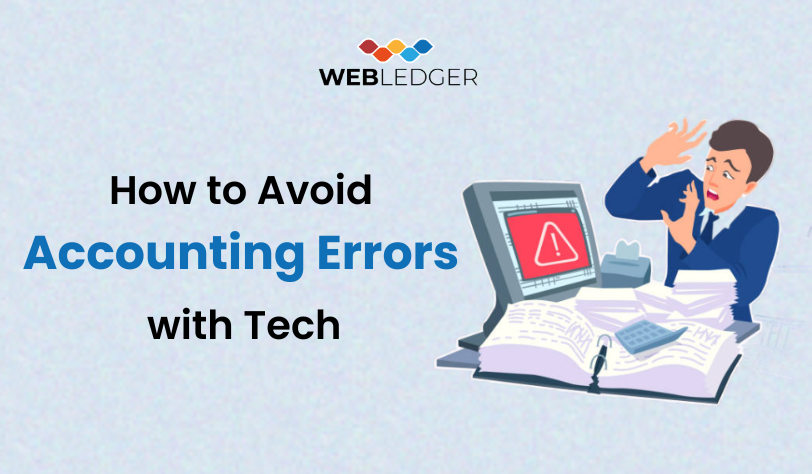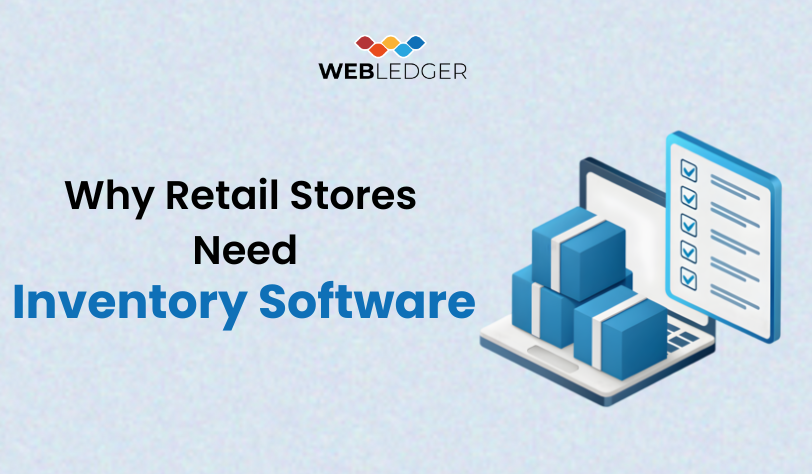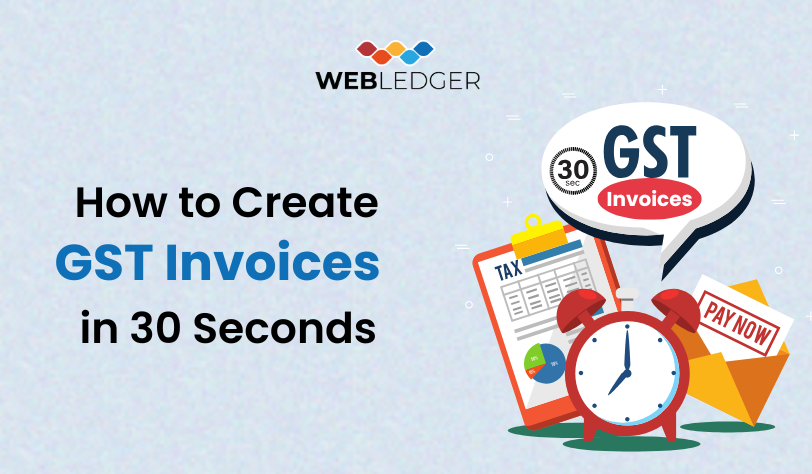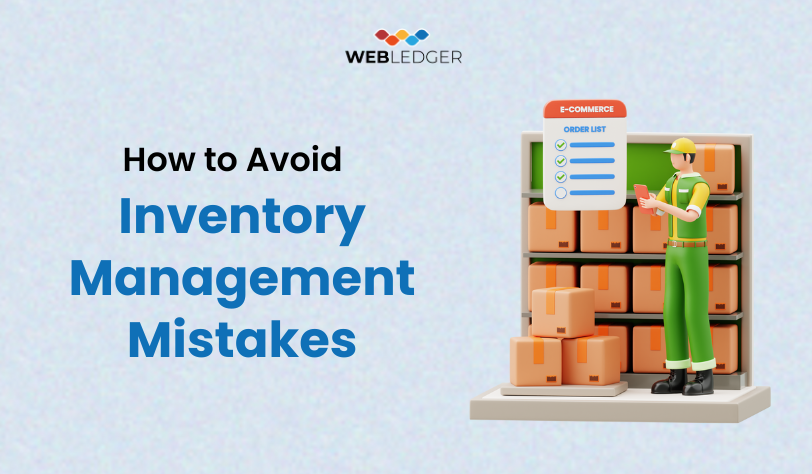Reliable Checker and Reviewer System
Accuracy is very important in today’s world because information moves at fast speeds. Whether it is a blog, court document, ad copy, or research paper, your content’s trustworthiness depends on accuracy. Mistakes, grammatical errors, and imbalanced writing can hurt confidence, destroy your image, and even lead to legal problems. That is why a strong process of review and verification is a must. Such a process involves document check tools, editing, content check, proofreading, and quality control to maintain maximum accuracy.
Errors faced without a Reviewer System
The internet is full of information, and it’s all at the users’ fingertips. Not all of them are, however, trustworthy; quality is different from website to website and source to source. With the revolution of user-generated content and shareability, disinformation has become a big problem.
The following are the errors or discrepancies, if you don’t have a reviewer system.
- Loss of Credibility or Trustworthiness: Readers will immediately decide how much they can believe in the material. Minor errors will make them less likely to believe you, and a large error will make them question all your work. It will take ages and a lot of effort to get their trust back.
- Brand Reputation Harm: The sharing of false information is not good for companies and organisations. Misinformation is not good for a brand’s reputation since customers no longer believe in it and even lose loyal customers. Misconceptions are spread virally on social media, which harms the company’s image further.
- Legal Risks: In professions like law, finance, and medicine, providing incorrect information can lead to severe repercussions. Misinformation or errors can lead to legal trouble, fines, or losses. Professionals will need to work very hard in providing correct information so that they do not land themselves in serious trouble.
- SEO Problems: Google and search engines place value and accurate content above all other things when searching for websites to rank. Error in your content can discredit the search engine optimisation (SEO) of your website. There is less exposure, less site traffic, and fewer opportunities to interact with people and convert web visitors into consumers as a consequence.
- Missed Opportunities: Misleading marketing materials may not be able to capture the right target market, leading to missed business opportunities. Effective marketing campaigns demand precise facts and information. It is more difficult to sell prospects to customers when your marketing messages are incorrect or misleading, which means overall business growth.
Overall, the internet is also advantage bearing with risk. Businesses and individuals must aim for the credibility and authenticity of information on the internet to offset the risks of misinformation and its long-term effect.
Building a Strong Pillar of Truth: An In-Depth Analysis of the Checker and Reviewer System
A strong system for check and review is a key security feature, essentially flagging and correcting errors prior to going live. The system is able to successfully strike a balance between automated tools and human insight so that all content is up to the highest levels of quality and accuracy.
-
Use of High-Level Quality Assurance Tools
Quality control tools are a blessing when it comes to automating the detection of errors and inconsistencies in text. Some of the tools that fall into this category include a variety of functions required, which are:
- Grammar and Spelling Checks: Advanced proofing tools employ advanced algorithms to identify not just basic grammatical and spelling mistakes but also contextual mistakes that the built-in checks might miss.
- Tone and Style Analysis: A number of tools also analyse the tone and style of writing to ensure the writing voice matches the tone and brand voice developed by the organisation. One requires consistency in developing an identity of all sorts in content.
- Plagiarism testing: Plagiarism checkers read text and ensure that none of it may ever have been copied from other writers to maintain uniqueness and prevent potential copyright suits against the organisation.
- Readability testing: Such software reads over the readability and understandability of texts and suggests whether and in what ways facts are readable or legible for target audiences, leading to better user interaction.
- Accessibility Checks: The quality assurance software also performs the important task of checking the accessibility of content based on accessibility standards, including proper alt text within images and content readable by individuals.
-
Optimising Accuracy with Extensive Proofreading Software:
There is more to proofreading software than just common spelling mistakes. A few of the most obvious ones are:
- Contextual Grammar Checks: These advanced tools scan the context of paragraphs and sentences to identify subtle grammatical errors that may alter the meaning of the text or undermine its professionalism.
- Style Improvement Suggestions: Most editing software provides writers with helpful suggestions to make their writing more concise and clear, allowing writers to convey themselves better.
- Specialised Vocabularies: End-users can include specialised terminology in the software dictionary so that high-fidelity spelling checks specific to specialist markets are available, and technical accuracy in authoring is promoted.
- Capability to Integrate: Proofreader computer programs tend to integrate with cutting-edge word processing packages and electronic mail products to facilitate improved workflow automation and review ease.
-
Facilitating Collaborative Work Founded on an Efficient System of Reviewing content
Content review systems work much better with the group process of reviewing and editing the content prior to publication. Features available which would be used in most cases are:
- Version Control: Tracks changes over a period of time so each reviewer can view the recent most version of a document to avoid confusion and duplication in editing.
- Annotation and Commenting Features: Reviewers can provide direct comments on the content through annotation features, which allow for proper criticism and transparency in the communication of the proposed changes.
- Workflow Management Features: These applications automate reviewing and have effective timelines and deadlines for publishing content to achieve timely publishing objectives.
- Role-Based Access Control: It enables the system administrators to define who would be permitted to read, update, or authorise any content. Through this, sensitive content is made controlled, and the authorisation process is handled in the best possible way.
-
Maintaining Accuracy with Specialised Document Check-ins:
Specialised document check-ins are primarily used to check bulk documents, i.e., formal agreements, official reports, etc. The majority of them have –
- Data Validation Procedures: These programs check the accuracy and consistency of the information on submitted documents. This is especially important for meeting professional standards in the legal and finance fields.
- Cross-Referencing Functionality: These programs check that all references and citations used are correct and meet the required standards. This helps ensure the integrity of the document.
- Meeting specific formats: Computer programs check if documents meet specific formats. This is especially important in business, where making a good impression matters.
- Metadata Verification: Document verifiers can also check all the accompanying metadata about a document to ensure that it is authentic. Further, includes features for searching and meets the standards for documentation in digitization.
-
Smoothing Writing with Advanced Editing Toolkits
Toolkits of such editing programs are delivered with tools which enhance the writing quality. The most important among them are:
- Enhanced Sentence Construction: There are no bad sentence constructions or unclear sentences in the writing, and for this reason alone, the work becomes easy to read and understand.
- Vocabulary Interactiveness: They replace weaker and less effective terms and phrases with stronger and better ones, thereby allowing the writers to describe and convey their ideas more colourfully and creatively.
- Elimination of Repetitions: The software cautions one against redundant repetition, which is eliminated in the revised text, and makes it smooth and efficient.
- Consistency: Editing software searches for consistent words, style, and formatting in the text, which is essential for a professional look.
-
Creating an Efficient Checking and Review System
To make use of a checking and review system to its maximum potential, do the following steps:
- Choose the Right Tools: Choose quality assurance tools, proofreading tools, content review systems, document check software, and editing tools that are appropriate for your organisation’s budget and needs.
- Set Clear Guidelines: Develop style guides and editorial policies to ensure consistency in all the content created by your team.
- Your Team’s Proper Training: Provide proper training to your team members about the use of the selected tools and based on the guidelines suggested so that your team will be comfortable to create quality content.
- Focus on Details: Encourage focus on details by highlighting your organisation’s accuracy feature so that everyone will try to produce quality work.
- Frequent Check and Review: Check your checking and review system from time to time and review its functions and make it even more efficient and effective.
- Human Review Important: Technology is great, but human review matters. A good editor can detect minute mistakes and review contexts beyond what software can do.
-
Investing money in a good checking and review system has a number of benefits. Below are the benefits listed:
- Increased Credibility: Quality content earns your audience’s trust, which creates brand loyalty.
- Enhanced Brand Image: Properly maintained good content shows that your brand cares about quality and image creation.
- Enhanced Legal Protection: Legally filtered content minimises the chances of legal disputes, which saves your business money.
- Enhanced SEO Rank: Good and quality content ranks higher on search engines and draws more users to your website.
- High Engagement Rates: Good and clear content is simpler for human beings to comprehend, resulting in increased conversion and user engagement.
Organisations can gain a high level of accuracy and quality by the existence of a review and check mechanism, hence becoming distinctive in a highly competitive market.
Conclusion
Accuracy in modern times requires a tight check and review process by way of implementing quality assurance tools, proofreading tools, content reviewing processes, document checking tools, and editing facilities. Following a clear method that focuses on accuracy can help build trust and a good reputation. This approach ensures that your content is effective.
WebLedger Office also has a Checker and Reviewer system for task review and approval. Explore our software to know more about this feature. Sign up for a free trial today and schedule a free demo to know more.






